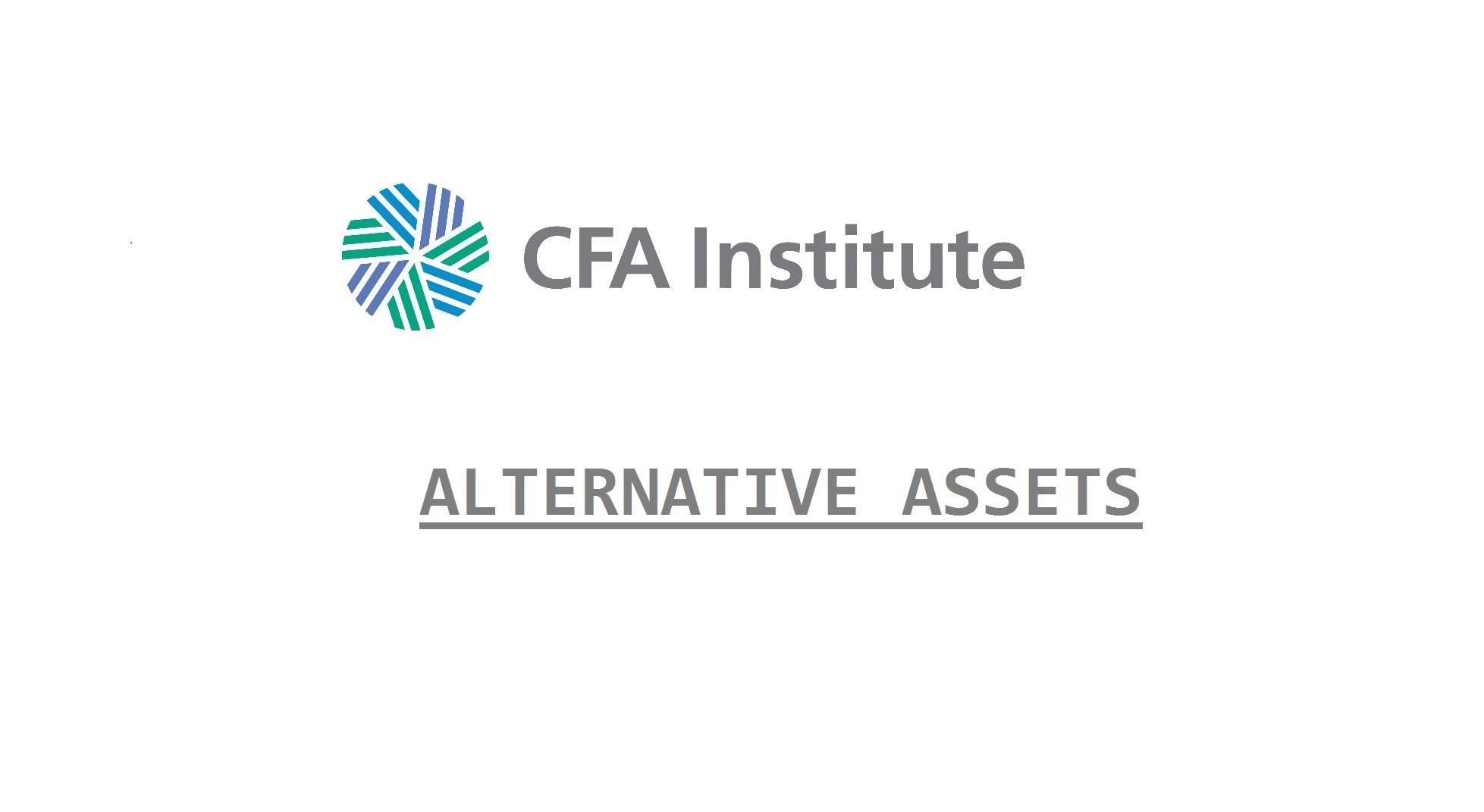The CFA recognized 3 theories of commodity returns that are based on the futures curve.
The Insurance Theory states that producers sell futures contracts in order to protect themselves from price risk. This drives prices of futures down, and buyers will earn a return by buying futures that are lower then current spot prices. The commodities market operates in what Keynes call a normal backwardation. There is strong empirical evidence that challenges this theory.
The Hedging Pressure Hypothesis adds hedging behavior of consumers to the Insurance theory. The more commodity users (producers and consumers) hedge with long positions in futures, the more upward pressure there is on futures prices. In this case, consumer hedging dominates, and the market will be in contango. However, this last assumption is questionable.
They Theory of Storage is based on the idea that the futures market depends on the tradeoff between costs associated with storing the commodity vs the benefits of holding the physical commodity. When costs of storage outweigh benefits of holding physical inventory, futures are more attractive, and the market will be in contango. The opposite holds when markets are in backwardation.
The return from holding physical inventory is called the convenience yield. This is highest when there is a shortage of supply and high demand. The Theory of Storage can be summarized by this equation:
futures price = spot price + storage costs − convenience yield
Note however that “Hedging pressure” and “convenience yield” are not observable, and storage costs are not readily disclosed by participant firms.
